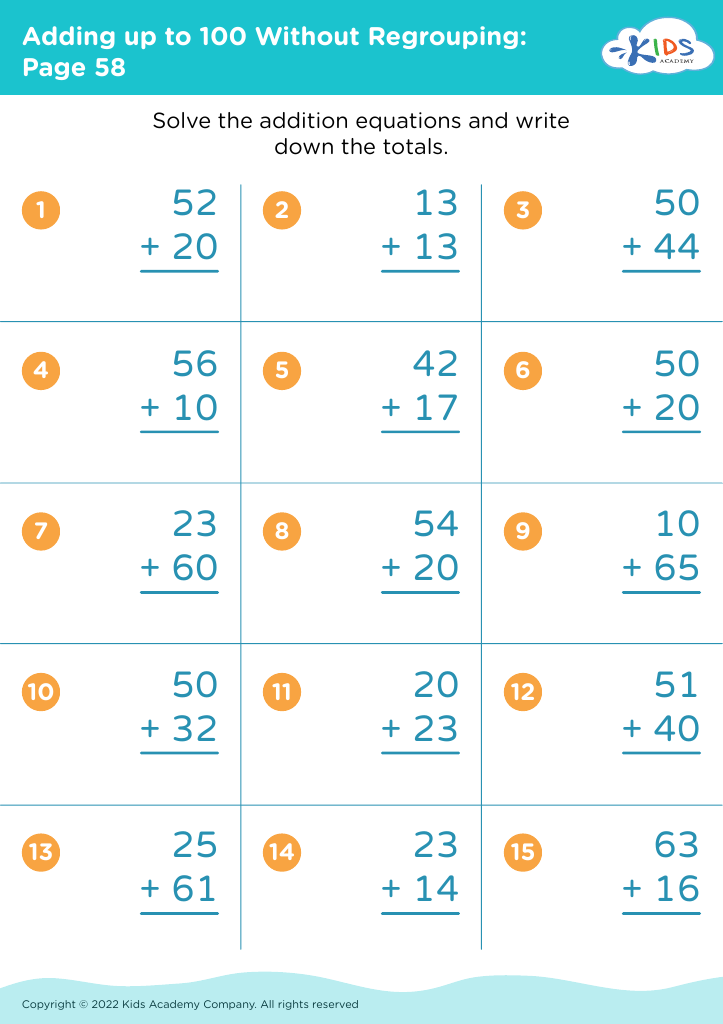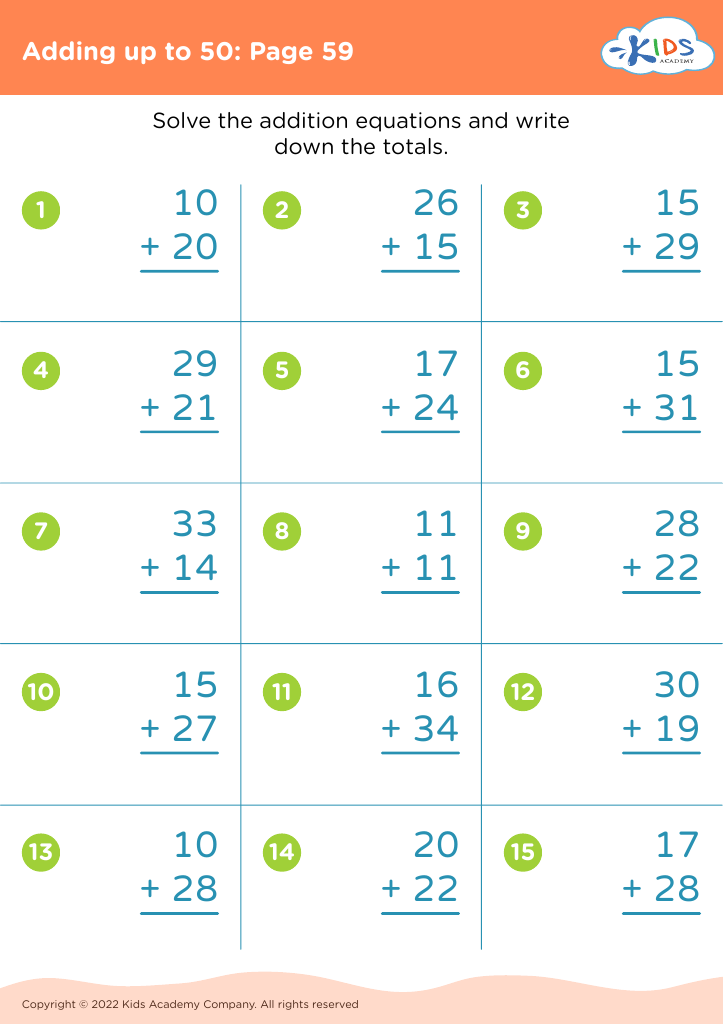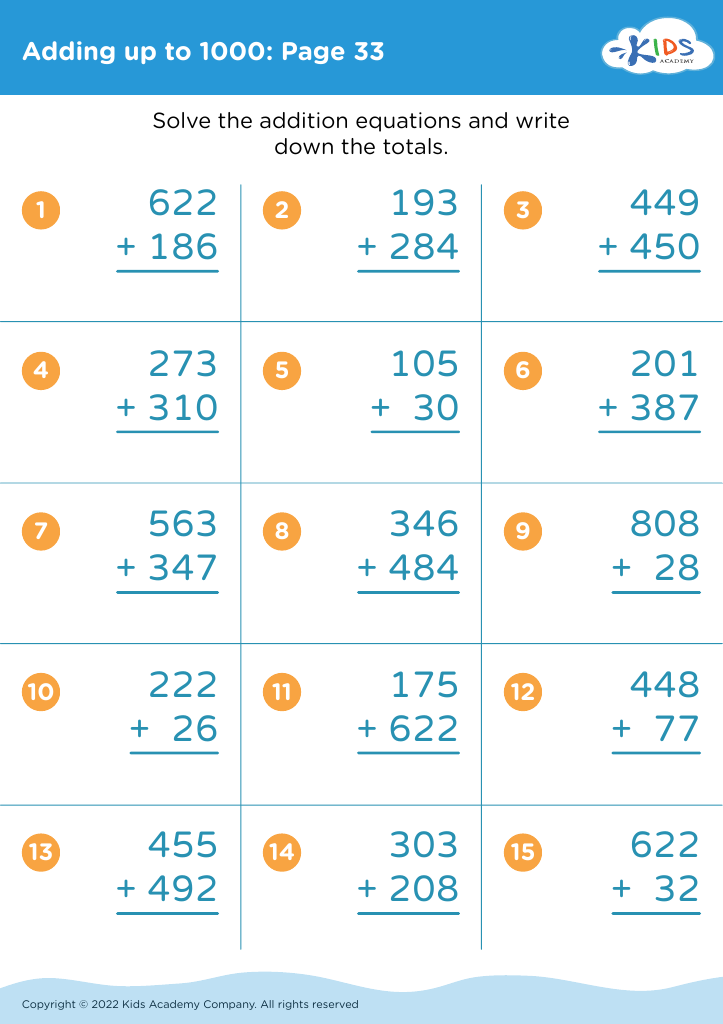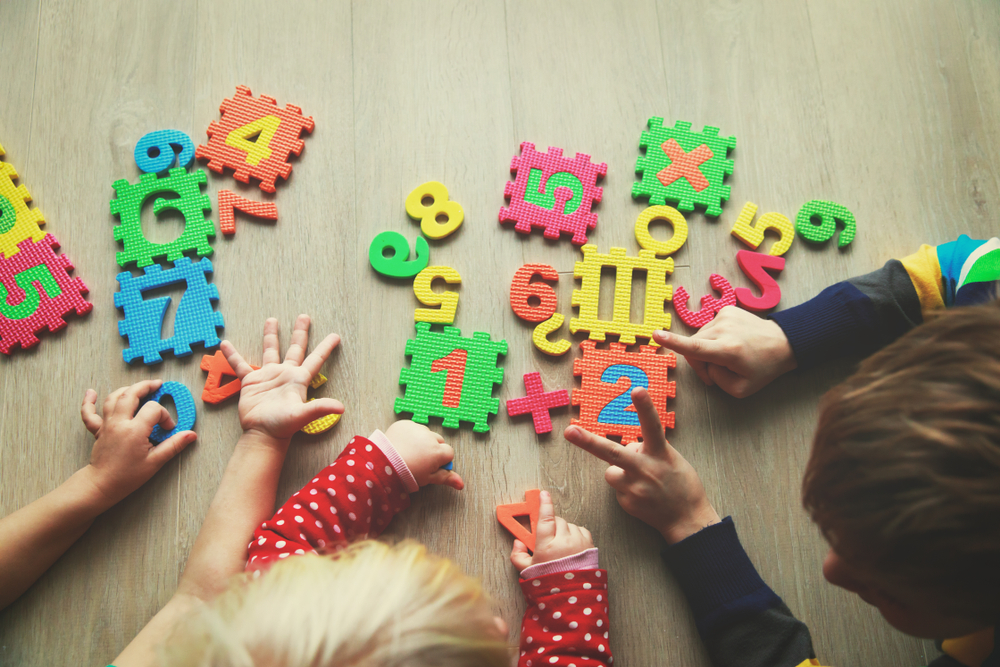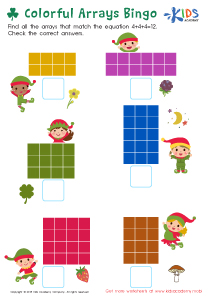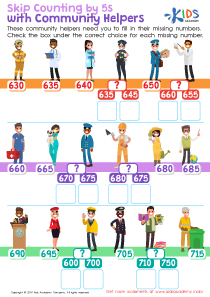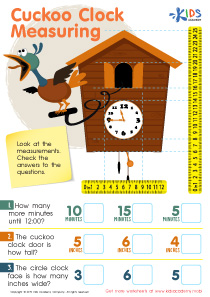Understanding sequence Grade 2 Addition & Subtraction Worksheets
4 filtered results
-
From - To
Explore our "Understanding Sequence Grade 2 Addition & Subtraction Worksheets" designed to support young learners as they master foundational math skills. This engaging collection helps students recognize and apply number sequences through fun and interactive exercises. Each worksheet reinforces essential addition and subtraction concepts while promoting critical thinking and problem-solving abilities. With vibrant visuals and clear instructions, your second graders will build confidence as they navigate patterns in math. Ideal for classroom use or at-home practice, these worksheets provide a seamless way to track learning progress. Dive into the world of sequences and empower your child's mathematical journey today!
Understanding sequence in Grade 2 addition and subtraction is crucial for both parents and teachers because it lays the foundation for students' mathematical reasoning. At this stage, children often master basic facts, but recognizing patterns and the relationships between numbers is essential for deeper comprehension.
When students learn to see sequences, such as how numbers in addition problems grow or decrease systematically, they develop critical thinking skills. For example, understanding that adding two then three can lead to anticipating future sums helps in building confidence and reducing math anxiety.
Furthermore, sequence awareness aids in problem-solving and mental math strategies. Both parents and teachers can use strategies such as number lines or grouping to visualize these operations more effectively.
The emphasis on sequences also supports a more profound understanding of what addition and subtraction truly represents—combining and separating quantities systematically. This insight is necessary for later stages of mathematics, and early mastery ensures that students can handle more complex concepts, such as multi-digit arithmetic and simple algebra.
Ultimately, fostering an understanding of sequences reinforces a love for math and helps children see its relevance in everyday life, encouraging lifelong learning and critical skills development.
